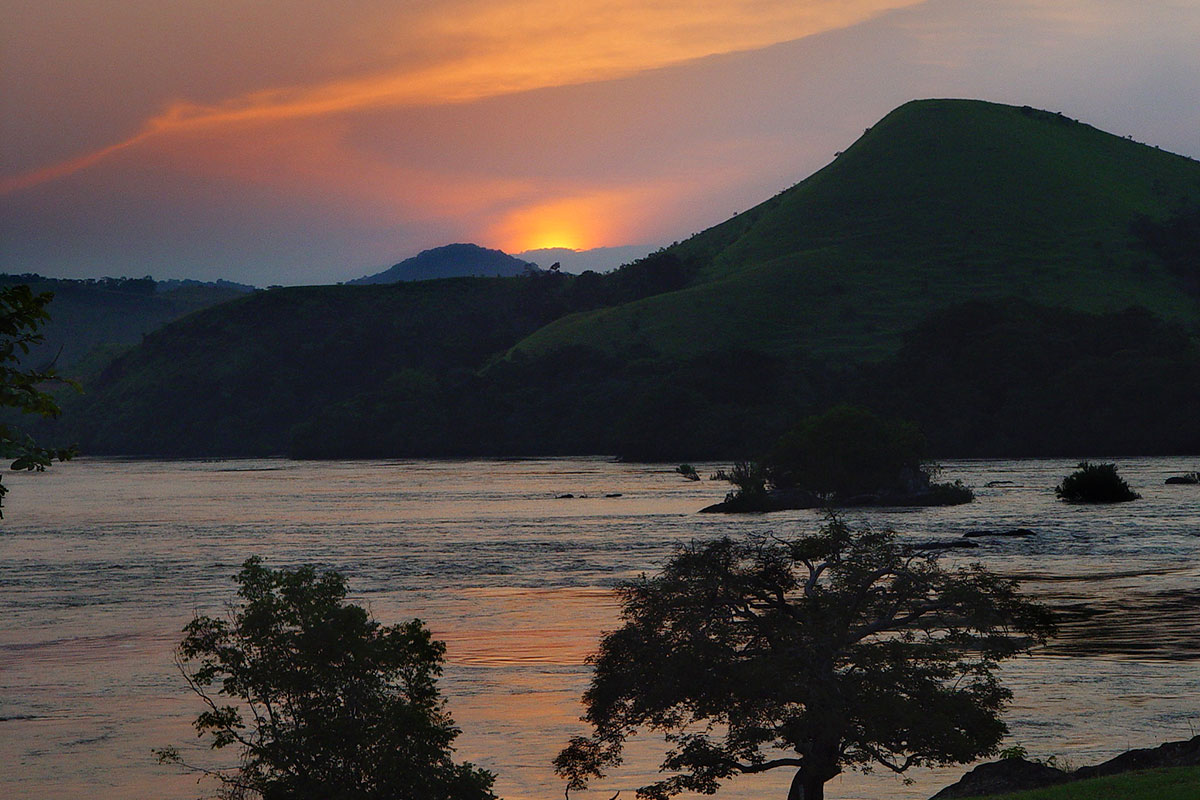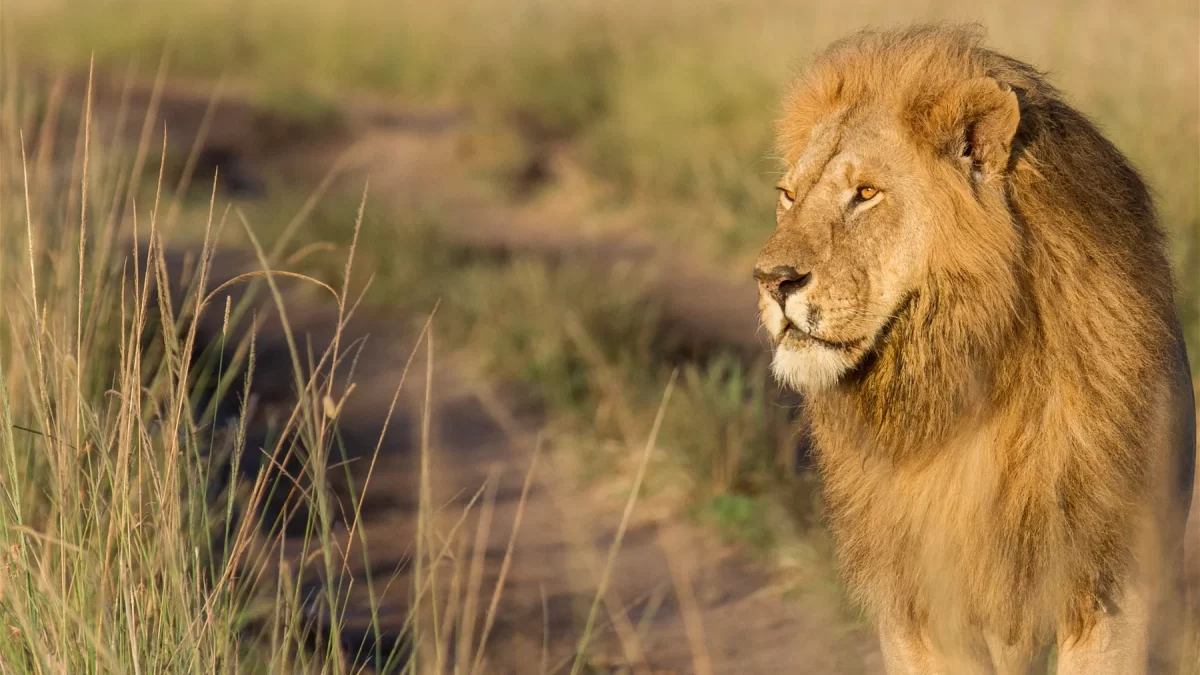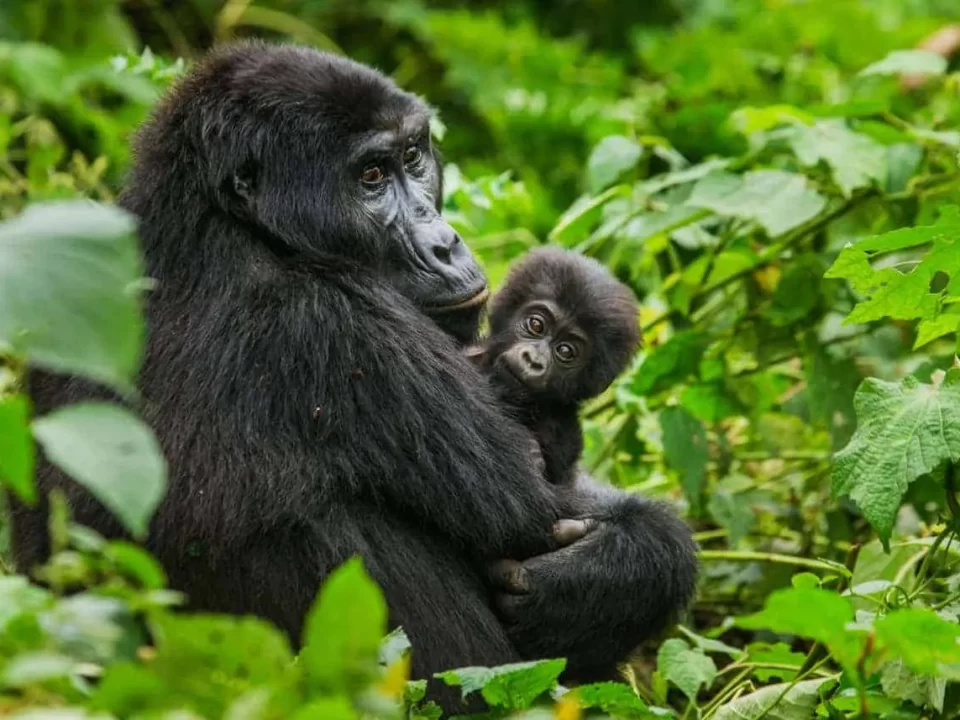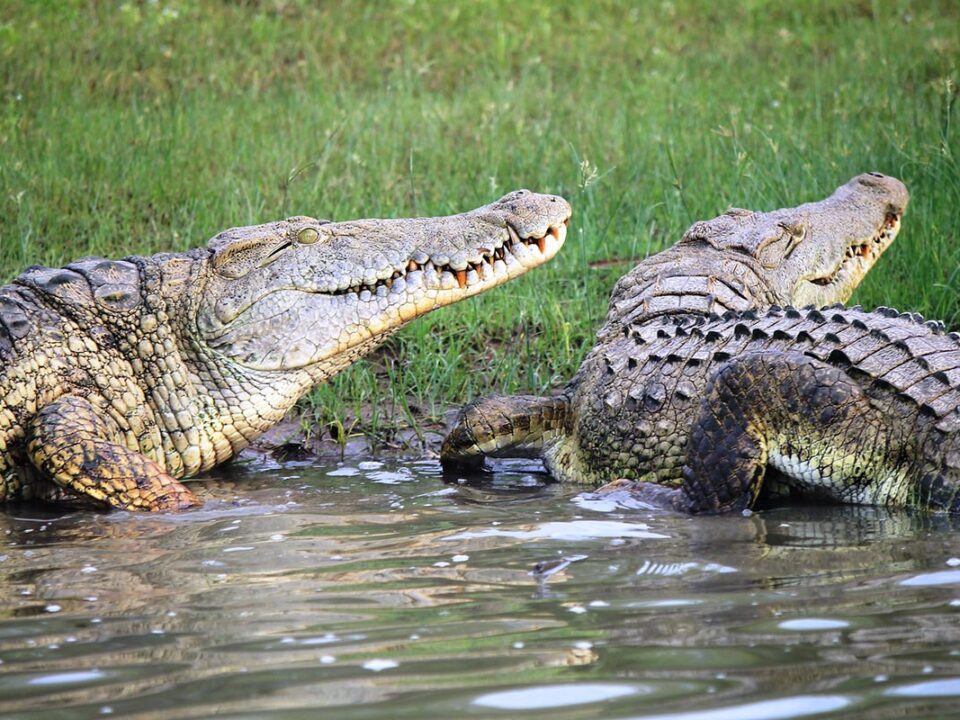
Lopé National Park, Gabon
March 31, 2025
Best National Parks in Kenya to See the Big Five
March 31, 2025Eco-Friendly Safaris in Kenya: Travel Sustainably and Responsibly
Eco-friendly safaris in Kenya are becoming increasingly popular as more travelers seek sustainable and responsible tourism experiences. These safaris focus on minimizing environmental impact while supporting local communities and offering ethical wildlife encounters. If you’re planning an eco-conscious safari in Kenya, here’s what you need to know.
How to Plan an Eco-Friendly Safari in Kenya
Choose a Responsible Tour Operator
Selecting the right tour operator is essential for a sustainable safari. Trek Africa Expeditions is dedicated to conservation and responsible tourism, ensuring that every trip supports local communities and protects Kenya’s natural heritage.
Stay in Sustainable Accommodations
Eco-lodges, tented camps, and hotels that follow sustainable practices offer the best experience. Many accommodations in Kenya are built using eco-friendly materials, run on solar power, and implement water and waste management systems to reduce their environmental footprint.
Support Wildlife Conservation Efforts
Visiting protected areas that actively contribute to conservation is key. Maasai Mara National Reserve, Amboseli National Park, and Laikipia Plateau are some of Kenya’s top destinations that prioritize wildlife protection and habitat preservation. Choosing safari operators that work with conservation organizations helps sustain these efforts.
Engage with Local Communities
Responsible tourism should directly benefit the people who live alongside Kenya’s wildlife. Many eco-lodges and safari operators work with local communities to provide employment, education, healthcare, and fair revenue-sharing models. Staying in community-owned lodges or booking cultural experiences helps support these initiatives.
Reduce Plastic Waste
Minimizing plastic use is an important step in sustainable travel. Bringing a reusable water bottle and avoiding single-use plastics helps keep Kenya’s ecosystems clean. Many responsible tour operators, including Trek Africa Expeditions, have eliminated plastic bottles and bags from their trips.
Choose Sustainable Transportation
Opting for eco-friendly safari vehicles, such as hybrid or electric-powered 4x4s, helps reduce carbon emissions. Walking safaris and horseback safaris offer even lower environmental impact while allowing for a more immersive experience in nature.
Respect Wildlife and Nature
Ethical wildlife viewing ensures that animals remain undisturbed in their natural habitat. Maintaining a safe distance, avoiding flash photography, and following the guidance of expert safari guides help protect wildlife.
Offset Your Carbon Footprint
Traveling has an environmental impact, but carbon offset programs can help reduce it. Supporting reforestation projects or investing in renewable energy initiatives in Kenya is a great way to give back. Many conservation organizations offer carbon offset options for travelers.
Leave No Trace
Preserving Kenya’s pristine landscapes is a shared responsibility. Disposing of waste properly, keeping noise levels low, and leaving natural and cultural sites undisturbed ensure that future generations can enjoy these incredible places.
By choosing an eco-friendly safari in Kenya, you can experience the country’s breathtaking landscapes and wildlife while playing a role in protecting its ecosystems for the future.
Eco-Friendly Safari Destinations in Kenya
Amboseli National Park Safari
Amboseli National Park, covering 392 square kilometers, is one of Kenya’s top eco-friendly safari destinations. Known for its large herds of elephants and stunning views of Mount Kilimanjaro, the park offers a diverse landscape of open savannahs, wetlands, and acacia woodlands.
Amboseli is a leader in sustainable tourism, with eco-lodges that operate in harmony with nature and community-driven conservation programs that protect both wildlife and local livelihoods. A safari here offers not just incredible wildlife encounters but also a chance to support meaningful conservation efforts.
Top Things to Do in Amboseli National Park
Wildlife Viewing in Amboseli
Amboseli National Park is a top destination for wildlife lovers, offering spectacular animal sightings year-round. Home to over 80 mammal species, the park is famous for its massive elephant herds and stunning photo opportunities, with Mount Kilimanjaro as a breathtaking backdrop. From tiny elephant shrews to Africa’s giant elephants, Amboseli provides an unforgettable wildlife experience.
Must-See Attractions in Amboseli National Park
One of the park’s highlights is the Observation Hill, where you can enjoy panoramic views of Amboseli’s vast landscapes, swamps, and grazing elephants. Other notable attractions include diverse wildlife such as elephants, buffaloes, hippos, and a variety of bird species like pelicans and Egyptian geese, making it a haven for nature lovers and photographers.
Experience the Maasai Culture
A visit to Amboseli isn’t complete without immersing yourself in the Maasai way of life. The Maasai people have lived alongside wildlife for generations, preserving their traditional customs and vibrant culture. Engage with them, learn about their unique survival skills, and witness their colorful attire and traditional dances, offering a truly authentic cultural experience.
Where to Stay in Amboseli National Park
Amboseli offers a range of accommodations to suit every budget. From budget-friendly camps to mid-range lodges and luxurious safari retreats, you can choose from options like Tortilis Camp, Amboseli Serena Safari Lodge, Ol Tukai Lodge, and Satao Elerai Camp for a comfortable stay surrounded by nature.
Masai Mara National Reserve Safari
Why Visit Masai Mara?
Masai Mara National Reserve is the crown jewel of Kenya’s safari destinations, renowned for its rich biodiversity and incredible wildlife viewing. With over 95 species of mammals and 400 bird species, the reserve is best known for the Great Wildebeest Migration, where over 1.5 million wildebeest, zebras, and gazelles cross from Tanzania’s Serengeti to Masai Mara between June and October, creating one of nature’s most thrilling spectacles.
Where to Stay in Masai Mara
Whether you’re looking for budget, mid-range, or luxury lodges, Masai Mara has excellent options for every traveler. Choose from top-rated accommodations such as Mara Serena Safari Lodge, Little Governors Camp, Mara Sopa Lodge, Keekorok Lodge, Sarova Mara, and Mara Intrepids for an unforgettable safari experience. Contact us for booking details and reservations.
Safari Adventures in Tsavo National Park
Explore Kenya’s Largest National Park
Tsavo National Park, often called the “Theater of the Wild,” is Kenya’s largest national park, divided into Tsavo East and Tsavo West. Tsavo East is famous for its vast elephant herds and striking red-dust landscapes, while Tsavo West features diverse habitats, rolling hills, and breathtaking scenery. The park is home to the Big Five, cheetahs, and a wide range of unique wildlife.
Where to Stay in Tsavo National Park
Tsavo offers accommodation options for all budgets, including budget camps, mid-range lodges, and luxury safari lodges. Top choices include Patterson Safari Camp, Galdessa Camp, Kilaguni Serena Lodge, Ngulia Lodge, Severin Safari Lodge, and Voi Safari Lodge.
Visit Lake Nakuru National Park – The Flamingo Haven
Witness the Stunning Pink Flamingos
Lake Nakuru National Park is world-famous for its mesmerizing flocks of pink flamingos that thrive in the alkaline waters of Lake Nakuru. The park’s diverse landscapes include marshes, acacia woodlands, and rocky cliffs, providing a sanctuary for rhinos, lions, leopards, and numerous bird species. It’s a must-visit destination for birdwatching and scenic photography.
Where to Stay in Lake Nakuru National Park
Whether you prefer budget-friendly stays or luxury lodges, Lake Nakuru has options for every traveler. Top accommodations include Lake Nakuru Sopa Lodge, Sarova Lion Hill Lodge, Lake Nakuru Lodge, and Naishi Guest House.
Best Time to Visit Kenya for a Safari
Kenya is a year-round safari destination, but the best time to visit is during the dry seasons from December to February and June to October. These months offer excellent wildlife viewing, with animals gathering around water sources. If you’re looking to witness the Great Wildebeest Migration, plan your trip between June and October for the most spectacular crossings.
Why Choose Trek Africa Expeditions for Your Kenya Safari?
Trek Africa Expeditions specializes in eco-friendly and responsible travel across Kenya, Uganda, Tanzania, Rwanda, and Congo. Our team of local experts provides personalized safari experiences while supporting conservation and local communities. We are proud members of the Association of Uganda Tour Operators (AUTO) and work closely with Kenya Wildlife Services. Our highly-rated safaris on TripAdvisor and SafariBookings reflect our commitment to excellence.
With in-depth knowledge of Kenya’s landscapes and wildlife, we ensure you get the best safari experience tailored to your needs. Contact us today to start planning your unforgettable eco-friendly safari in Kenya!




